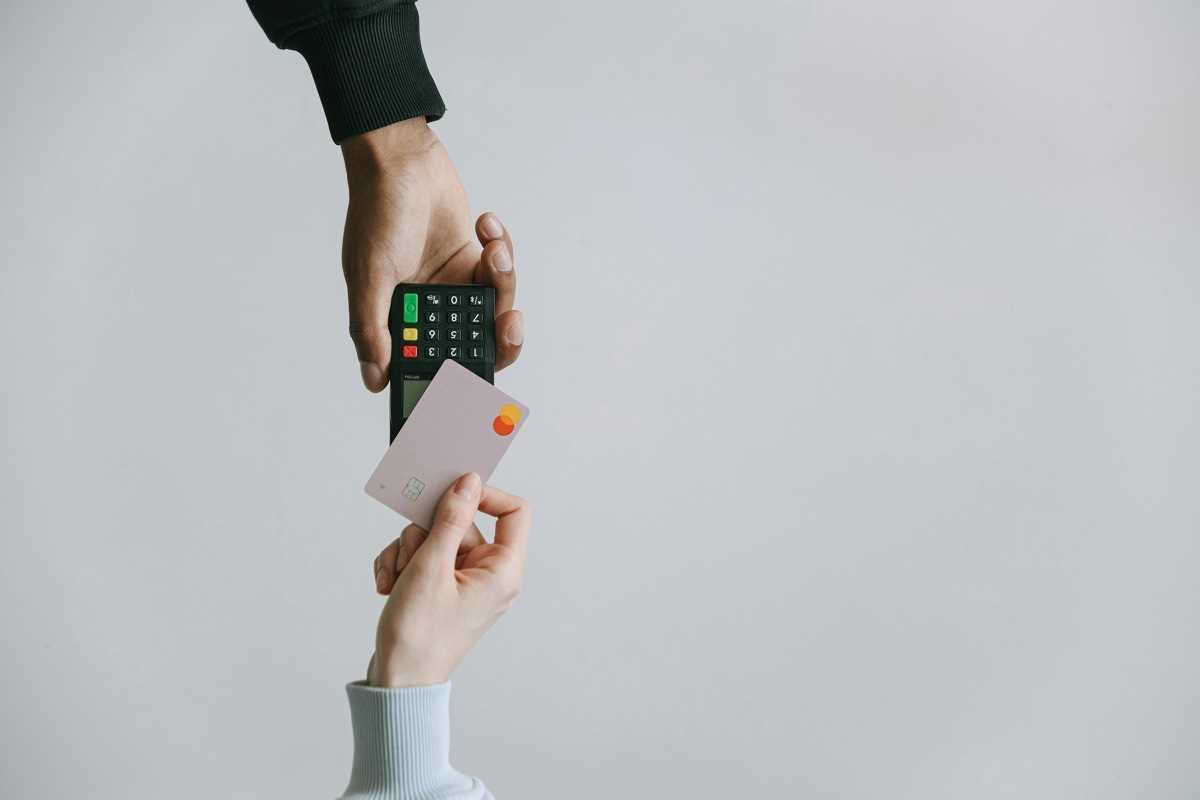Contactless payments have gone from being a “nice-to-have” feature to an essential part of modern retail. The sight of people waving their phones or tapping cards at checkout has quickly become the norm. Convenient, fast, and hygienic, contactless payment methods are reshaping how we shop and pay.
With this shift in consumer behavior, point-of-sale (POS) systems are evolving rapidly to keep up. Businesses need POS solutions that not only accept contactless payments but also deliver smooth, secure, and efficient experiences for both customers and staff alike.
Here’s a closer look at why contactless payments are booming, how POS systems are adapting to the trend, and where payment technology is heading.
The Rise of Contactless Payments
Contactless payments aren’t exactly new—they’ve been around since the early 2000s. But it wasn’t until the past few years, particularly with the COVID-19 pandemic, that they really took off. The health crisis pushed consumers and retailers to prioritize touch-free transactions, which played a significant role in accelerating adoption.
There are several reasons why contactless payments have become so popular:
- Convenience: Payments are faster when customers can tap a card or use a mobile wallet instead of fumbling with cash or PINs.
- Hygiene: With fewer physical exchanges at checkout, contactless payments are a more sanitary option—something people care about now more than ever.
- Speed: Transactions are completed in seconds, making lines shorter and improving the overall retail experience.
- Security: Many contactless methods use encryption and tokenization, which provide enhanced protection against fraud compared to swiping cards.
But with consumer demand on the rise, businesses have faced mounting pressure to adapt their payment processes and upgrade their POS systems.
How POS Systems Are Keeping Up
POS systems act as the backbone of retail transactions. To stay relevant, they’ve stepped up by integrating technologies that enable smooth, contactless payment experiences.
Here are the top ways POS systems are adapting to consumer trends:
1. Integration of NFC Technology
Near Field Communication (NFC) is the primary technology behind most contactless cards and mobile wallets like Apple Pay, Google Pay, and Samsung Pay. Modern POS systems now come equipped with NFC readers, enabling businesses to accept payments with just a tap or wave.
Not only does NFC make payments faster, but it also enhances security by using unique transaction codes, ensuring sensitive card data remains protected. This has become a must-have feature for every POS system aiming to meet today’s payment demands.
2. Support for Mobile Wallets
The popularity of mobile wallets is skyrocketing. Customers love the convenience of storing cards, loyalty programs, and even transit passes on their smartphones. POS systems are now designed to accept payments directly from these wallets.
The beauty of mobile wallets lies in their versatility. Not only do they work with NFC-enabled POS systems, but they can also integrate payment platforms for online and app-based purchases. For businesses, this means offering seamless payment options across both in-store and digital experiences.
3. QR Code Payment Options
QR codes are making waves in the contactless payment scene, especially in regions where smartphones are more prevalent than credit cards. POS systems can now generate unique QR codes at the checkout, which customers simply scan with their mobile payment apps to complete a transaction.
This method doesn’t require NFC hardware, which makes it an accessible and cost-effective contactless option for small businesses or those operating in markets with fewer NFC-enabled devices.
4. Focus on Security Enhancements
Consumers are increasingly concerned about the security of their transactions, and POS systems are rising to the challenge with robust safeguards. Tokenization and encryption are standard features now, ensuring that sensitive payment data is never exposed or stored in its original form.
Multi-factor authentication and biometric technologies like fingerprint or facial recognition are also being integrated into some payment platforms, adding an extra layer of trust for users.
5. User-Friendly Design
Adopting cutting-edge technology is only part of the equation—how it’s implemented can make or break the customer experience. POS systems today focus heavily on ease of use, for both customers and staff. A clean, intuitive interface reduces errors at checkout and ensures that transactions—contactless or otherwise—are as smooth as possible.
POS Systems with Contactless Payments
Several POS systems have been leading the charge in adapting to contactless payment trends. Here are a few crowd favorites:
- Square: This versatile POS system is a hit with small businesses. Its contactless card reader accepts NFC payments, mobile wallets, and even chip cards, making it a flexible option for retailers of any size. Square also provides easy integration with inventory and sales tracking tools, streamlining operations.
- Clover: Known for its sleek design and robustness, Clover offers a range of contactless-friendly hardware, from countertop terminals to handheld devices. Its system is built with mobile wallets and QR code payments in mind, making it a popular choice for restaurants and retail shops.
- Toast: This POS system caters specifically to the foodservice industry, with features like contactless ordering and payment built right in. Customers can tap to pay directly at the table or use their phones to settle bills via QR codes.
- Lightspeed: Ideal for retail and hospitality businesses, Lightspeed POS offers built-in contactless payment solutions while integrating seamlessly with accounting and ecommerce tools.
These systems aren’t just keeping up—they’re setting new standards for how payments should be processed in today’s fast-paced environment.
What’s Next for Payment Technology?
The world of payment tech isn’t standing still. Innovations are on the horizon, and we’re already starting to see glimpses of what could be next in the realm of contactless payments:
- Wearable Payments: Smartwatches, fitness bands, and even rings equipped with NFC are becoming popular ways to make payments without the need for a phone or card.
- Biometric Payments: Advanced security features may soon make it possible to pay with just your fingerprint or a facial scan, removing the need for physical payment objects entirely.
- Voice Recognition: Imagine authorizing payments with nothing more than a simple voice command—a possibility as smart assistants grow smarter.
- Blockchain and Cryptocurrencies: While not yet mainstream, blockchain-based payments may offer faster transactions and lower fees, especially for cross-border payments.
The Impact on Retail
The surge in contactless payments is great news for both consumers and businesses. For shoppers, it’s all about convenience and confidence in the technology they’re using. For businesses, it’s an opportunity to deliver enhanced payment experiences while staying competitive in a modern retail landscape.
By adopting POS systems that embrace innovations like NFC, mobile wallets, and QR codes, businesses of all sizes can future-proof their operations and create frictionless checkout experiences. After all, as consumer trends shift, it’s those willing to adapt that will stay ahead of the curve.
 (Image via
(Image via





